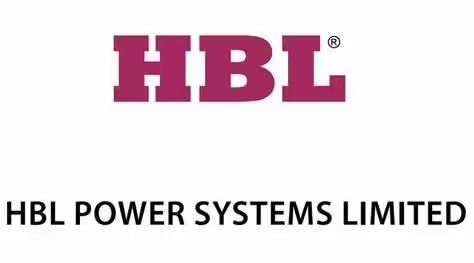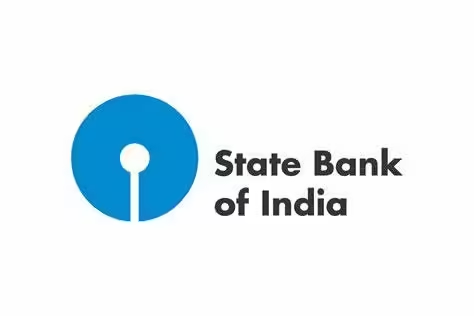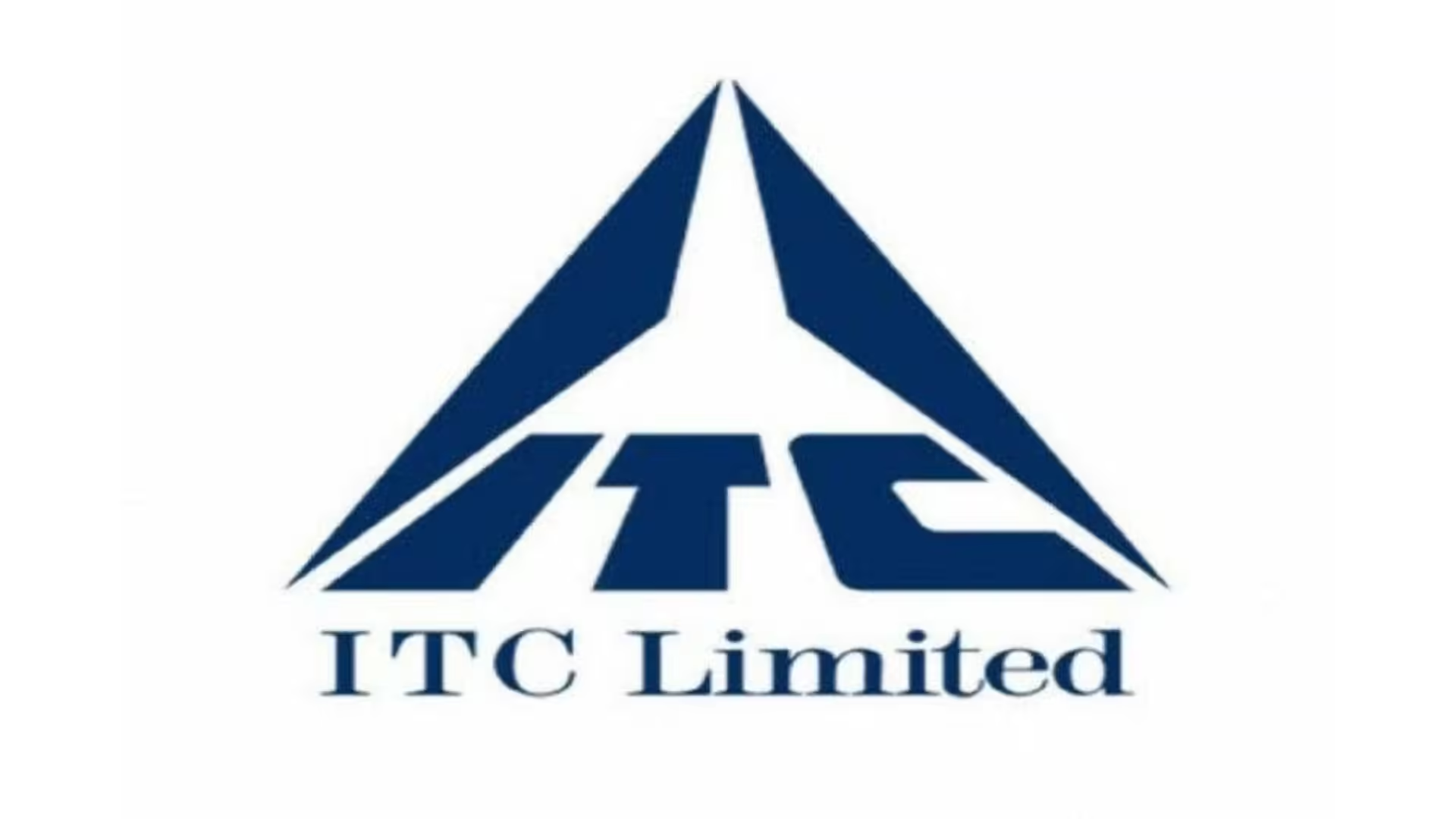The Indian steel industry is a cornerstone of the country’s economy, playing a pivotal role in sectors ranging from construction to automotive and infrastructure. With the government’s push towards self-reliance and the ongoing infrastructure boom, steel stocks have become an attractive investment avenue.
Here are some of the best steel stocks in India, offering insights into their performance, potential, and why they stand out in the market.
1. Tata Steel Ltd.

Introduction:
Tata Steel Ltd., part of the Tata Group, is one of the world’s leading steel producers. Established in 1907, it has a significant presence in over 50 countries and manufacturing operations in 26 countries.
Portfolio:
Tata Steel’s product portfolio includes a wide range of steel products such as hot and cold rolled coils, sheets, tubes, wires, and more. The company serves various industries including automotive, construction, engineering, and consumer goods.
Market Cap:
As of August 2024, Tata Steel has a market capitalization of approximately ₹1.89 trillion (around $22.89 billion).
Financial Performance:
For the quarter ended June 30, 2024, Tata Steel reported consolidated EBITDA of ₹6,822 crores. The company’s revenue for the same period was ₹54,771 crores, with a net income of ₹960 crores.
Market Share:
Tata Steel holds a significant market share in the Indian steel industry and is one of the top steel producers globally. It is known for its integrated operations and strong supply chain management.
Key Brands:
- Tata Tiscon (rebar)
- Tata Shaktee (roofing)
- Tata Steelium (cold rolled steel)
- Tata Astrum (hot rolled steel)
- Tata Pipes
2. JSW Steel Ltd.

Introduction:
JSW Steel Ltd., part of the JSW Group, is one of India’s leading integrated steel manufacturers. Founded in 1982, the company has grown to become a significant player in the global steel industry, with a presence in over 140 countries.
Portfolio:
JSW Steel’s product portfolio includes a wide range of steel products such as hot and cold rolled coils, sheets, galvanized products, pre-painted galvanized products, TMT bars, wire rods, and special steel products. The company caters to various sectors including automotive, construction, infrastructure, and energy.
Market Cap:
As of August 2024, JSW Steel has a market capitalization of approximately ₹2.21 trillion (around $25.72 billion).
Financial Performance:
For the quarter ended June 30, 2024, JSW Steel reported consolidated revenue of ₹45,187 crores and a net profit of ₹2,321 crores. The company’s EBITDA for the same period was ₹8,765 crores.
Market Share:
JSW Steel holds a substantial market share in the Indian steel industry and is one of the top steel producers globally. The company is known for its efficient production processes and strong distribution network.
Key Brands:
- JSW Neosteel (TMT bars)
- JSW Colouron+ (color-coated products)
- JSW Pragati+ (galvanized products)
- JSW Platina (tinplate products)
3. Steel Authority of India Ltd (SAIL)

Introduction:
Steel Authority of India Ltd (SAIL) is one of the largest state-owned steel-making companies in India. Established in 1954, SAIL operates and owns five integrated steel plants and three special steel plants across India.
Portfolio:
SAIL’s product portfolio includes a wide range of steel products such as hot and cold rolled sheets and coils, galvanized sheets, electrical sheets, structurals, railway products, plates, bars, and rods. The company serves various sectors including construction, engineering, power, railway, automotive, and defense.
Market Cap:
As of August 2024, SAIL has a market capitalization of approximately ₹534.08 billion (around $6.22 billion).
Financial Performance:
For the quarter ended March 31, 2024, SAIL reported a revenue of ₹27,958.52 crores and a net profit of ₹1,125.68 crores. The company’s EBITDA for the same period was ₹34.46 billion.
Market Share:
SAIL holds a significant market share in the Indian steel industry, being one of the top steel producers in the country. The company is known for its extensive production capabilities and strong distribution network.
Key Brands:
- SAIL TMT (Thermo Mechanically Treated bars)
- SAIL JYOTI (galvanized sheets)
- SAILMA (high tensile structural steel)
- SAILCOR (corrosion-resistant steel)
4. Jindal Steel and Power Ltd (JSPL)
Introduction:
Jindal Steel and Power Ltd (JSPL) is a leading Indian steel and energy company, part of the OP Jindal Group. Founded in 1979, JSPL is headquartered in New Delhi and operates in the steel, mining, and infrastructure sectors.
Portfolio:
JSPL’s product portfolio includes a wide range of steel products such as rails, parallel flange beams and columns, plates and coils, angles and channels, wire rods, round bars, and TMT rebars. The company also produces and sells Portland slag cement, Portland composite cement, and ground-granulated blast-furnace slag under the Jindal Panther Cement brand. Additionally, JSPL is involved in power generation and operates coal and iron ore mines.
Market Cap:
As of August 2024, JSPL has a market capitalization of approximately ₹936.66 billion (around $11.04 billion).
Financial Performance:
For the financial year ending March 31, 2024, JSPL reported a revenue of ₹49,766.17 crores and a net profit of ₹5,273.30 crores. The company’s EBITDA for the same period was ₹10,287.96 crores.
Market Share:
JSPL is one of the top private steel producers in India and holds a significant market share in the Indian steel industry. The company is known for its innovative technologies and strong production capabilities.
Key Brands:
- Jindal Panther TMT Rebars
- Jindal Panther Cement
5. Godawari Power & Ispat Ltd (GPIL)
Introduction:
Godawari Power & Ispat Ltd (GPIL) is a prominent Indian company in the iron and steel industry. Established in 1999 and headquartered in Raipur, Chhattisgarh, GPIL is part of the Hira Group and is involved in the production of iron ore pellets, sponge iron, steel billets, and other steel products.
Portfolio:
GPIL’s product portfolio includes iron ore pellets, sponge iron, steel billets, MS rounds, wire rods, HB wires, and ferro alloys. The company also generates electricity and produces silico manganese.
Market Cap:
As of August 2024, GPIL has a market capitalization of approximately ₹14,998 crores (around $1.61 billion).
Financial Performance:
For the financial year ending March 31, 2024, GPIL reported a revenue of ₹13.72 billion for Q1 FY2025, with a net profit of ₹2.87 billion. The company has shown a profit growth of 87.34% over the past three years.
Market Share:
GPIL holds a significant position in the Indian steel industry, with a strong presence in both domestic and international markets. The company has been maintaining a healthy ROE of 40.03% over the past three years.
Key Brands:
- Hira Group
- Ardent Steel
6. Maithan Alloys Ltd
Introduction:
Maithan Alloys Ltd is a leading Indian manufacturer and exporter of niche value-added manganese alloys, including ferro manganese, silico manganese, and ferro silicon. Established in 1985, the company is headquartered in Kolkata, West Bengal.
Portfolio:
Maithan Alloys’ product portfolio includes ferro manganese, silico manganese, and ferro silicon. The company is also engaged in the generation and supply of wind power and operates a captive power plant.
Market Cap:
As of August 2024, Maithan Alloys has a market capitalization of approximately ₹2,944 crores (around $354 million).
Financial Performance:
For the financial year ending March 31, 2024, Maithan Alloys reported a revenue of ₹4.33 billion, with a net profit of ₹1.42 billion. The company has shown a profit growth of 24.33% over the past three years.
Market Share:
Maithan Alloys holds a significant position in the Indian ferro alloys industry, being one of the largest producers of manganese alloys in the country. The company has been maintaining a healthy ROE of 25.09% over the past three years.
Key Brands:
- Maithan Alloys
7. Venus Pipes & Tubes Ltd
Introduction:
Venus Pipes & Tubes Ltd is a prominent Indian manufacturer of stainless steel pipes and tubes. Established in 2015, the company is headquartered in Kachchh, Gujarat, and serves a diverse range of industries including oil and gas, petrochemical, pharmaceuticals, food and beverage, and chemical sectors.
Portfolio:
Venus Pipes & Tubes’ product portfolio includes:
- Stainless Steel High Precision & Heat Exchanger Tubes
- Stainless Steel Hydraulic & Instrumentation Tubes
- Stainless Steel Seamless Pipes
- Stainless Steel Welded Pipes
- Stainless Steel Box Pipes
Market Cap:
As of August 2024, Venus Pipes & Tubes Ltd has a market capitalization of approximately ₹4,370.4 crores (around $528 million).
Financial Performance:
For the financial year ending March 31, 2024, Venus Pipes & Tubes reported a revenue of ₹2.40 billion for Q1 FY2025, with a net profit of ₹275.56 million. The company has shown a profit growth of 58.31% year-over-year.
Market Share:
Venus Pipes & Tubes holds a significant position in the Indian stainless steel pipes and tubes industry. The company has been maintaining healthy growth rates and strong financial performance, contributing to its competitive market share.
8. D P Wires Ltd
Introduction:
D P Wires Ltd is a leading Indian manufacturer and supplier of steel wires and plastic products. Established in 1998, the company is headquartered in Ratlam, Madhya Pradesh. It serves various industries including automotive, infrastructure, railways, and nuclear projects.
Portfolio:
D P Wires’ product portfolio includes:
- Steel Wires
- Plastic Products
- Laying of Plastic Films
- Specialized Steel Wires
- HDPE Geomembrane Sheets
- Spring Steel Wires
- PE Films
- Pond Lining Films
- Cap Covers
- Wind Power Generation
Market Cap:
As of August 2024, D P Wires Ltd has a market capitalization of approximately ₹657.84 crores (around $79.5 million).
Financial Performance:
For the financial year ending March 31, 2024, D P Wires reported a revenue of ₹2.09 billion, with a net profit of ₹98.24 million. The company has shown a profit growth of 41.17% over the past year.
Market Share:
D P Wires holds a significant position in the Indian steel wire and plastic products industry. The company has been maintaining healthy growth rates and strong financial performance, contributing to its competitive market share.
9. JTL Infra Ltd
Introduction:
JTL Infra Ltd is an integrated manufacturer and supplier of steel tubes, pipes, and allied products. Established in 1991, the company is headquartered in Chandigarh, India, and is known for its high-quality products and innovative solutions in the steel industry.
Portfolio:
JTL Infra’s product portfolio includes:
- Electric Resistance Welding (ERW) Pipes
- Galvanized Pipes
- Solar Structures
- Hot Dipped Galvanized Steel Tubes and Pipes
- Large Diameter Steel Tubes and Pipes
Market Cap:
As of August 2024, JTL Infra Ltd has a market capitalization of approximately ₹3,861 crores (around $528 million).
Financial Performance:
For the financial year ending March 31, 2024, JTL Infra reported a revenue of ₹2.09 billion for Q1 FY2025, with a net profit of ₹30.70 crores. The company has shown consistent growth in revenue and profitability over the past few years.
Market Share:
JTL Infra holds a significant position in the Indian steel tubes and pipes industry. The company has been maintaining healthy growth rates and strong financial performance, contributing to its competitive market share.
Disclaimer
The information provided in this blog is for general informational purposes only. While we strive to keep the information up-to-date and accurate, we make no representations or warranties of any kind, express or implied, about the completeness, accuracy, reliability, suitability, or availability with respect to the information, products, services, or related graphics contained in the blog for any purpose. Any reliance you place on such information is therefore strictly at your own risk.
We are not financial advisors, and the content should not be considered as professional financial advice. Always seek the advice of a qualified financial advisor with any questions you may have regarding investments or financial decisions.










































